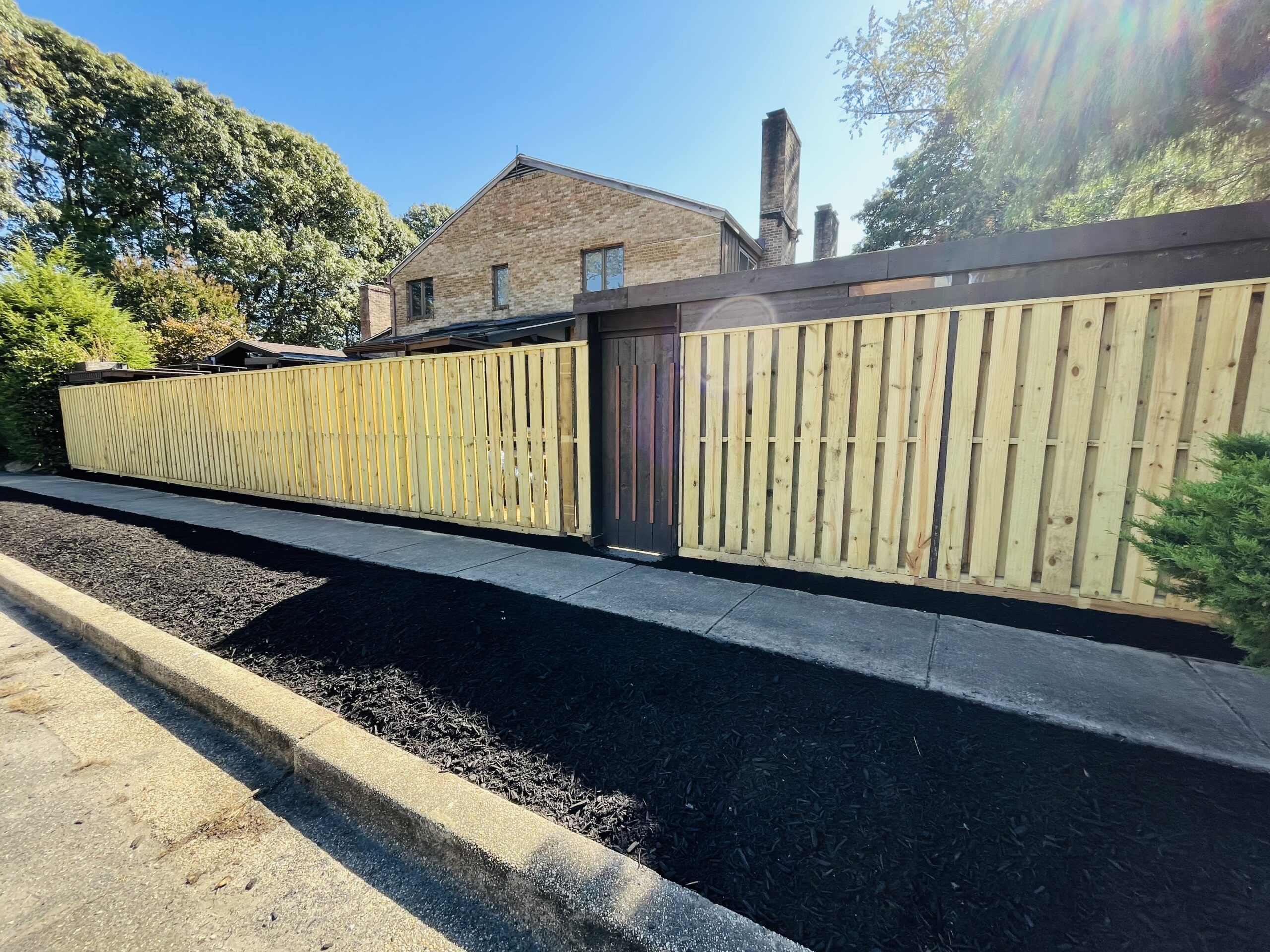Your home is more than just a shelter—it’s a canvas for creativity and a long-term investment. Whether you’re refreshing a faded deck, repairing drywall, or revitalizing your landscaping, mastering key home improvement skills can enhance your property’s curb appeal, functionality, and value. For DIY enthusiasts and homeowners alike, projects like painting, power washing, and fence maintenance offer opportunities to save money and personalize your space. However, these tasks require careful planning, the right techniques, and an understanding of common pitfalls. This article dives into practical strategies for tackling five essential areas of home improvement, equipping you with actionable insights to achieve professional-quality results without overspending.
Transforming Outdoor Spaces with Strategic Landscaping
Landscaping isn’t just about planting flowers—it’s about designing a cohesive outdoor environment. Start by assessing your yard’s natural features, such as sunlight patterns and drainage. Key principles include:
- Zoning: Divide your yard into functional areas (e.g., dining, play, or garden zones).
- Plant selection: Opt for native plants, which require less water and maintenance.
- Hardscaping: Use pathways, retaining walls, or patios to add structure and reduce erosion.
For example, incorporating drought-resistant shrubs like lavender or succulents can save time and resources. Always prioritize proper grading to prevent water pooling near your home’s foundation.
Deck and Fence Care: Preservation and Aesthetics
Wooden decks and fences face constant exposure to weather, leading to rot, splintering, and discoloration. A three-step maintenance routine can extend their lifespan:
- Inspect: Check for loose boards, rusted fasteners, or insect damage.
- Clean: Use a deck cleaner or mild detergent to remove mildew and debris.
- Seal or stain: Apply a UV-protective sealant every 2–3 years to prevent weathering.
For composite materials, focus on routine cleaning with a soft brush and soapy water. Avoid pressure washing composite decks at high PSI, as it can damage the surface.
Mastering Drywall Repair for Flawless Interiors
From small dents to large holes, drywall repairs are inevitable. Follow these steps for seamless fixes:
- Small holes: Fill with spackle, sand smooth, and prime before painting.
- Large gaps: Cut a square patch, secure it with joint compound, and tape the edges.
- Texture matching: Use a spray texture product to replicate orange peel or knockdown finishes.
Always sand between coats of compound, and invest in a quality putty knife to avoid ridges. For best results, paint the entire wall after repairs to ensure uniform color.
Power Washing: Revitalizing Surfaces Safely and Effectively
Power washing removes years of grime from siding, driveways, and outdoor furniture—but misuse can cause damage. Follow these guidelines:
- Adjust PSI: Use 500–600 PSI for wood decks, 1200–1500 for concrete.
- Angle matters: Hold the nozzle at a 45-degree angle to avoid etching surfaces.
- Pre-treat stains: Apply a biodegradable cleaner to mold or oil stains before washing.
Avoid spraying windows, electrical fixtures, or loose siding. Rent a gas-powered washer for heavy-duty jobs but opt for electric models for lighter tasks.
Professional-Grade Painting Techniques for DIYers
A flawless paint job starts with preparation. Key steps include:
- Clean walls: Remove dust and grease with a trisodium phosphate (TSP) solution.
- Prime: Use stain-blocking primer on water spots or patched areas.
- Cut in edges: Use an angled brush to paint corners before rolling large sections.
Choose high-quality synthetic brushes for latex paint and natural bristles for oil-based formulas. For smooth walls, use a ½-inch nap roller; opt for ¾-inch for textured surfaces. Always maintain a “wet edge” to prevent lap marks.
From landscaping design to drywall repairs, these projects demand attention to detail—but the payoff is a home that’s both beautiful and functional. Start with one project, such as resealing your deck or repainting a room, and apply the techniques outlined here. Remember: Patience and preparation are the cornerstones of success in home improvement. By investing time in learning these skills, you’ll not only elevate your living space but also gain the confidence to tackle bigger challenges down the road.



